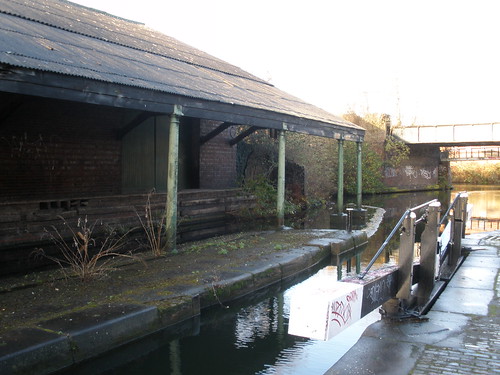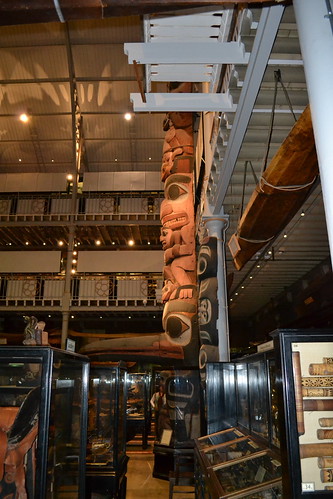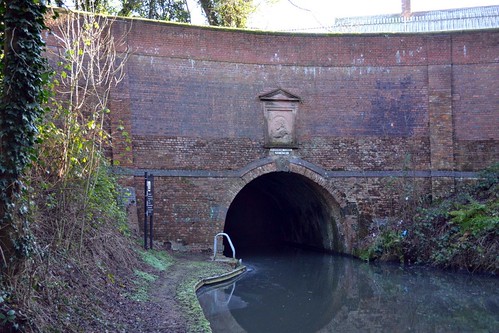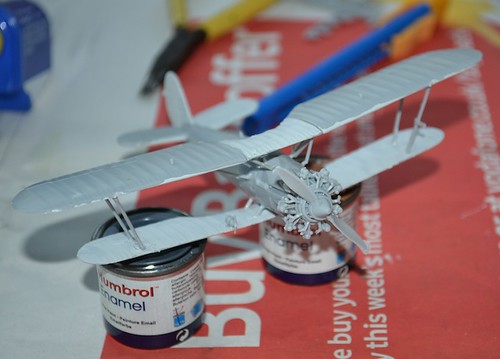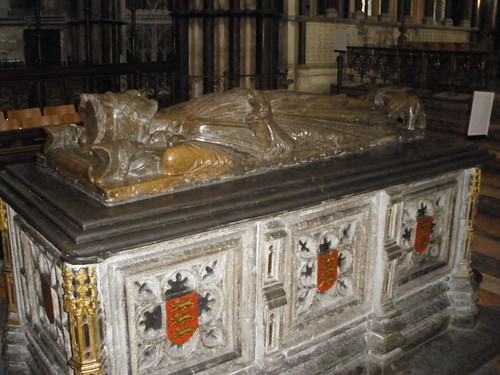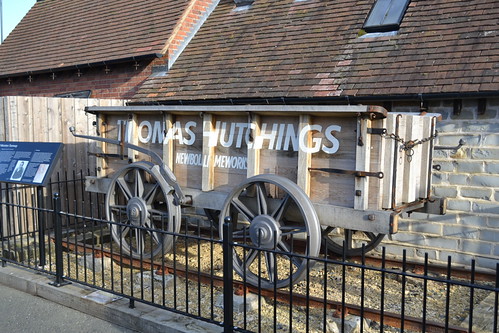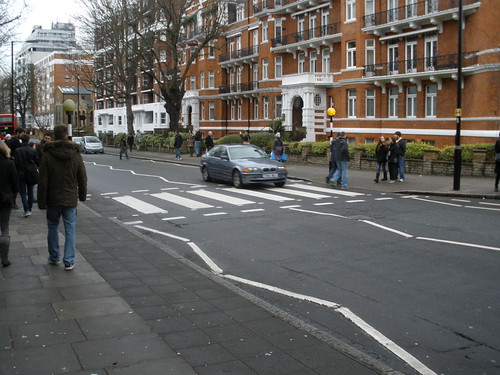We haven’t had a Top Of The Pops review for some time, so lets jump into 1977 with
Kid Jensen. If BBC4 keep showing these shows from 1977 then i think we see some punk before very long but first...
Sheer Elegance - dance the night away
Well some things haven’t changed yet, men in garish matching outfits and tight trousers gyrate over a decent (but not much more than that) soul number. It has handclaps in the backing which always looks very odd when no one is actually clapping.
10cc - things we do for love
We go straight to a music video and some big 70s rock pop. We see tambourines and lots of lights. Its alright.
Tina Charles - doctor love
The blessed Tina is here to groove in an oddly hideous light purple dress. Still she is in her usual form, this song seems oddly un-disco for something described as a disco hit, more a normal pop song with some disco-like instrumentation. Despite that its still great... ish.
Smokie - living next door to Alice
Just so you know this is Smokie performing there is a huge sign on the wall with their name on. A lovely song of course, enough pop to get over the mountain of sentimentality.
Gladys Knight and the Pips - nobody but you
A classy song from a classy lady, very fetching in a huge green scarf. A definite gospel vibe to this one, we have handclaps too and this time we actually see people making them.
Jethro Tuul - ring out Solstice bells
Flute and bell rich hippy nonsense. As it is a seasonal song i feel bad saying its rubbish, but it is.
David Soul’s “don’t give up on us baby” is performed by
Legs & Co in matching blue dresses. Only one dances while the others stay lying down, union rules? Oh wait they have all got up now.
The Drifters - you’re more than a number in my little red book
More matching suits and retro-soul. This is the sort of song my parents used to listen to a lot back then, so its their fault.
Clodagh Rogers - save me
A plunging neckline can hide a multitude of sins, such as a boring song. She kept the attention of the young lads in the audience anyway.
Boney M - daddy cool
Some German disco action, well you don’t get the chance to say that very often. A very disjointed performance indeed, at times they look like they are trying to knock each other over and the vocalist doesn’t seem to remember the words. Its so bad it could almost be an X-Factor performance. Nice mad dancing though.
Kid Jensen is here with
Donna Summer who is here to introduce this week’s number one which is...
Johnny Mathis - when a child is born
Christmas is over already.






